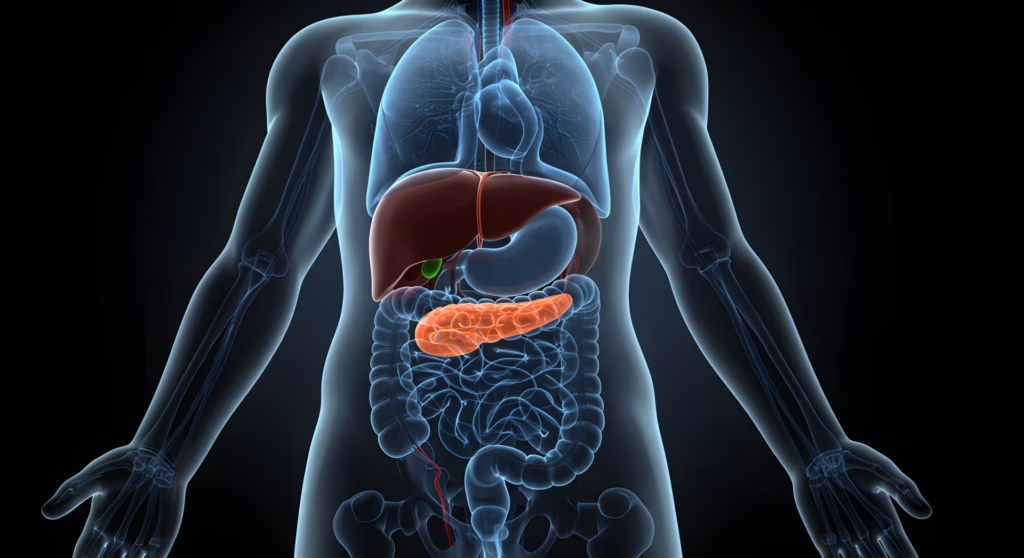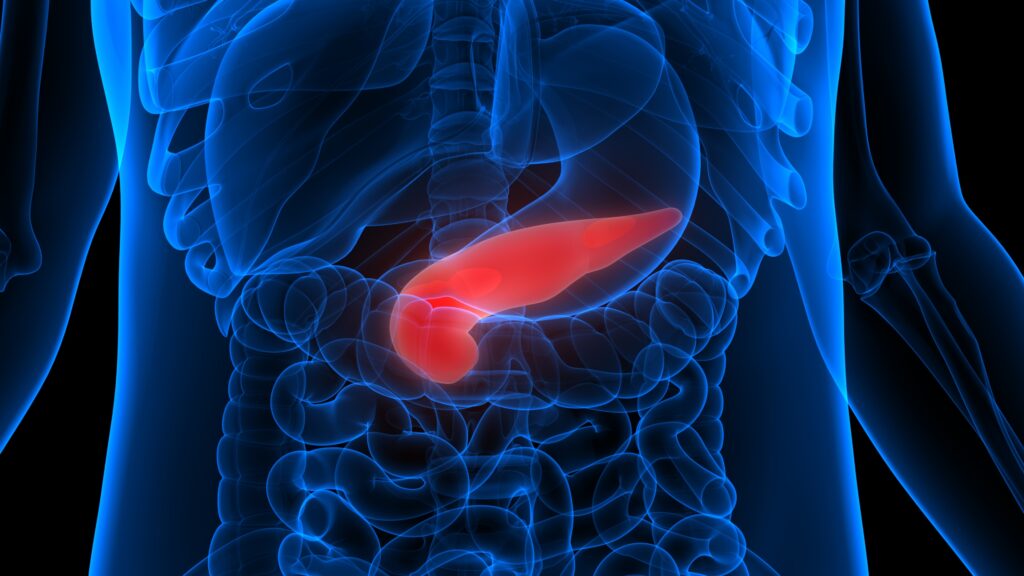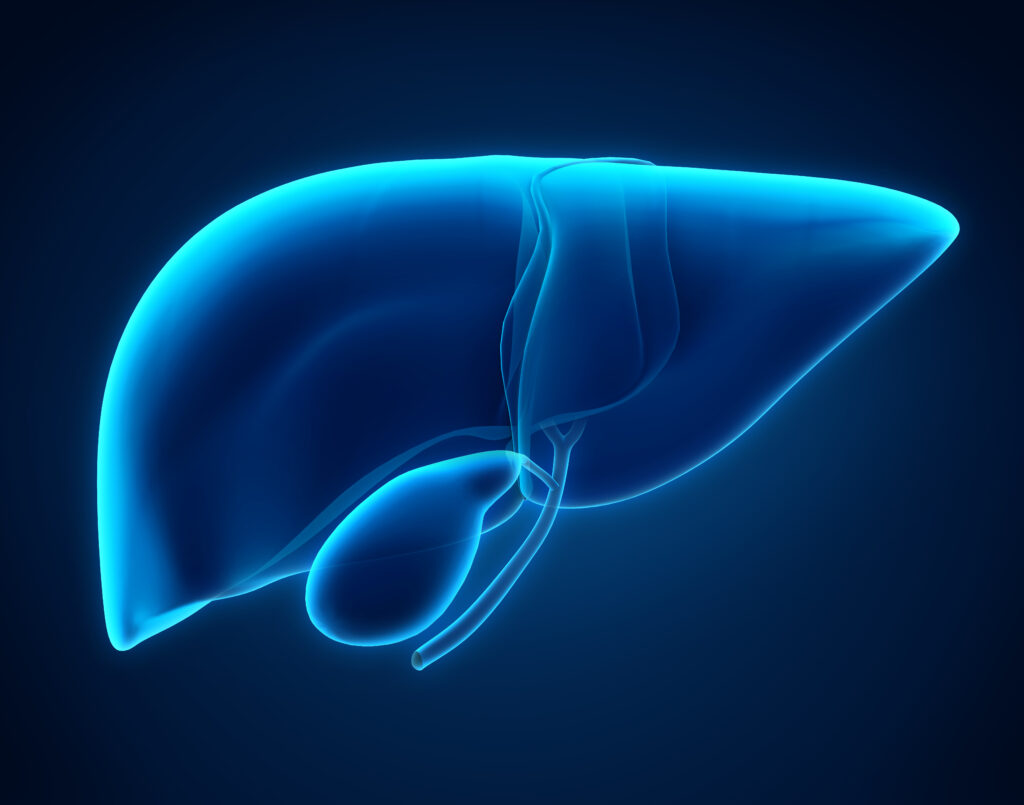Search Results
Showing Results for intensive care units

Coronavirus disease 2019 (COVID-19) is a life-threatening infection caused by severe acute respiratory syndrome coronavirus 2 (SARS-CoV-2).1 Diabetes mellitus is one of the most frequent comorbidities, related to hospitalization due to SARS-CoV-2 infection, as well as a risk factor for disease severity, ...

The prevalence of diabetes during pregnancy is rapidly increasing. In the USA alone, an estimated 1–2% of pregnant women have type 1 diabetes (T1D) or type 2 diabetes (T2D), and an additional 6–9% develop gestational diabetes.1 From 2000 to 2010, the prevalence of gestational ...

Hepatic steatosis is the liver manifestation of metabolic syndrome and a common cause of chronic liver disease. Nonalcoholic fatty liver disease (NAFLD) diagnosis relies on the presence of hepatic steatosis, defined as >5% fat accumulation in the liver, as observed ...

Hypertension affects up to 40% of the adult population worldwide,1 and according to the World Health Organization’s 2021 estimates, globally 1.28 billion adults between 18 and 79 years are affected.2 Of these, 85% have essential hypertension3 and the remainder have secondary hypertension, which is potentially ...

The pandemic of type 2 diabetes mellitus (T2D) is a growing concern, especially in low- and middle-income countries, which contribute to nearly 75% of the disease burden.1 Indian patients with T2D constitute 1 in 6 adults with T2D globally, with marked ...

Diabetes is one of the most common co-morbidities associated with hospitalizations for SARS-CoV-2 infection, with recent estimates of diabetes prevalence ranging from 33.8%1 to 58.0%2 among hospitalized patients with COVID-19 in the USA. Hyperglycemia during the first hours after cardiac arrest is ...

The role of testosterone is well established in health and disease.1 Testosterone is known to mediate physical, mental and reproductive health. Its role has been discussed in gender-specific variations related to conditions as diverse as cardiovascular, autoimmune, psychiatric and oncological ...

As technology has advanced over the last decade, so have the treatment options for patients with type 1 diabetes (T1D). The goal of these technological advances is improved regulation of glucose levels to more closely resemble glucose metabolism in patients ...

Given the global nature of the diabetes epidemic,1 this condition is of public health importance in Sweden.2 National prevalence in Sweden is approximately 7.0%, based on a recent estimate,1 and approximately 90% of cases are type 2 diabetes (T2D).1,3 This prevalence ...

The prevalence of diabetes continues to increase globally,1 and is projected to remain of importance to Sweden’s public health,2 given the higher risk people with diabetes face regarding disabling and/or life-threatening health problems and mortality.1,3 A recent estimate ...

Unmet needs for people with T2DM using intensive insulin Despite advances in diabetes management, many people with type 2 diabetes mellitus (T2DM) fail to achieve optimal glycaemic control, as demonstrated in a 2016–2017 audit of England and Wales, in which ...

The past decades have seen the introduction of a variety of oral antidiabetic drug (OAD) classes and drugs. The initial straitjacket approach, using traditional sulfonylureas and biguanides, has given way to a more flexible (and confusing) choice of drugs. Sulfonylureas, ...

Second-generation Basal Insulin Analogues in the Management of Type 2 Diabetes Didac Mauricio Hospital de Sant Pau, Autonomous University of Barcelona, Barcelona, Spain The role of insulin in type 2 diabetes management and challenges to optimal initiation Type 2 diabetes mellitus (T2DM) ...

We report a case of diabetic ketoacidosis in a 26-year-old female with long-standing type 1 diabetes (T1D) who was on multiple subcutaneous insulin injections and empagliflozin. Informed consent was taken from the patient for the publication of this report. Case ...

Diabetes mellitus (DM) is a global epidemic.1 In 2013, there were 382 million people with DM, and this number is expected to rise to 592 million by 2035.2 Type 1 diabetes (T1DM), which is caused mainly by an autoimmunemediated destruction of beta cells within ...

Diabetes mellitus (DM) is a global epidemic.1 In 2013, there were 382 million people with DM, and this number is expected to rise to 592 million by 2035.2 Type 1 diabetes (T1DM), which is caused mainly by an autoimmunemediated destruction of beta cells within ...

Acute illness is typically associated with the so-called ‘stress-induced hyperglycaemia’, defined as a transient hyperglycaemia in patients without previous evidence of diabetes.1 The strong relationship between stress hyperglycaemia and poor outcome is largely established and actually validates hyperglycaemia as a ...
Latest articles videos and clinical updates - straight to your inbox
Log into your Touch Account
Earn and track your CME credits on the go, save articles for later, and follow the latest congress coverage.
Register now for FREE Access
Register for free to hear about the latest expert-led education, peer-reviewed articles, conference highlights, and innovative CME activities.
Sign up with an Email
Or use a Social Account.
This Functionality is for
Members Only
Explore the latest in medical education and stay current in your field. Create a free account to track your learning.


